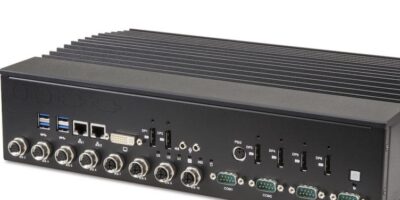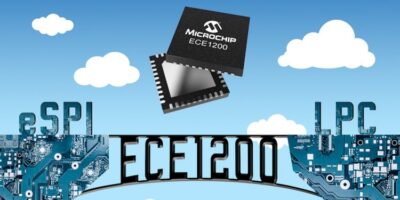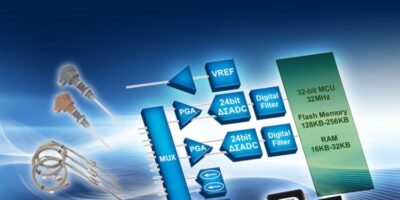Real-time video and graphics analytics are combined in the PIS-5500, rugged, fanless Nvidia Quadro embedded AIoT (AI and IoT) computer from Adlink. The PIS-5500 is designed for real-time video/graphics analytics applications in the rail industry.
The rail industry is using artificial intelligence (AI) to drive efficiency, improve productivity and reduce costs. Intelligence from AI-driven systems and applications can make railway operations safer, smarter and more reliable, says Adlink, to enhance the passenger travel experience and freight logistics services. AI-driven applications only function with proper data input that is collected by many IoT devices installed in stations, on trains, and along tracks. A successful implementation of such rail applications requires a seamless integration of AI and IoT technologies, advises Adlink.
Powered by an Intel Core i7 processor and integrated Nvidia Quadro general purpose graphics processing unit (GPGPU), the EN50155-certified PIS-5500 AIoT platform is ruggedised for both wayside and onboard deployment. It has a wide range DC input and isolated I/O design, but also caters for real-time video/graphic analysis applications for today’s increasingly complex railroad operations. The target applications include but are not limited to passenger information systems, railway intrusion detection, train station surveillance, onboard video security and railway hazard detection.
Adlink’s PIS-5500 is being tested and deployed commercially by leading rail system integrators worldwide. In one application, the intelligent platform is installed on special rail inspection trains to process captured images of key wayside equipment in real-time. An algorithm driven by parallel computing and deep learning allows the application to effectively identify potential equipment faults at a train speed of 120km/h, and raise the alarm to notify maintenance crews. In another application, the PIS-5500 is used in a train station control office to analyse the real-time video stream received from the platform. The application is able to not only detect suspicious behaviours and trigger alerts, but also conduct post-event analysis.
To meet varying application requirements, the PIS-5500 is also available in variants featuring an additional two USB 2.0 via M12 connectors and two 2.5-inch SATA 6Gbit per second drive bays, as well as a version supporting +12V DC power input only.







